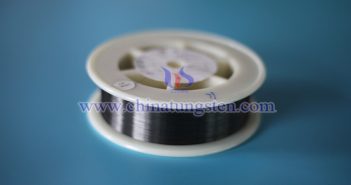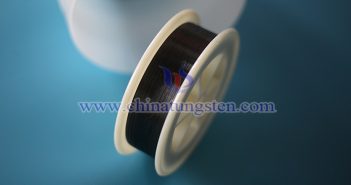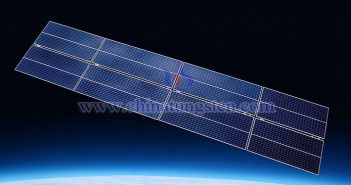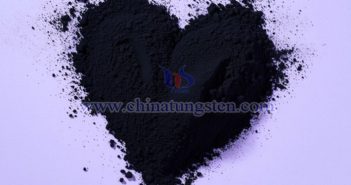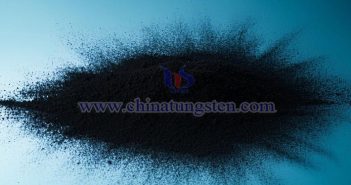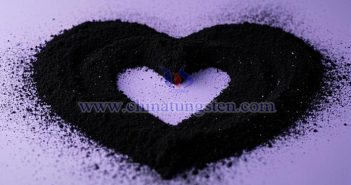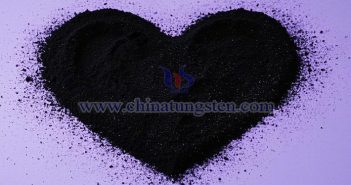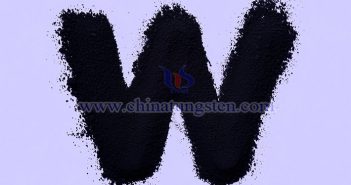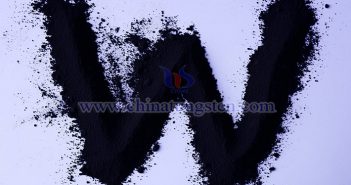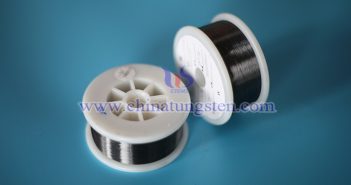
The environmental adaptability of cut-resistant tungsten wire refers to its ability to maintain superior performance under various extreme or specific environmental conditions. Through special processes or doping elements, cut-resistant tungsten wire enhances mechanical properties and durability, allowing it to perform well in environments with high temperatures, corrosion, mechanical stress, electromagnetic interference, and biocompatibility. Below is a detailed explanation of its environmental adaptability: 1. High-Temperature Environment Characteristics: The melting point of tungsten wire is as high as 3422°C, the highest among…

